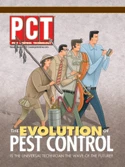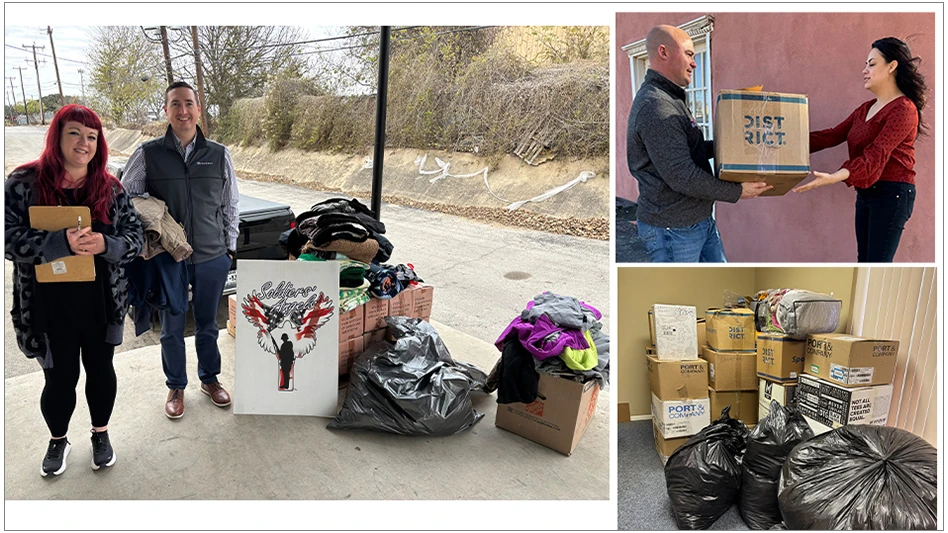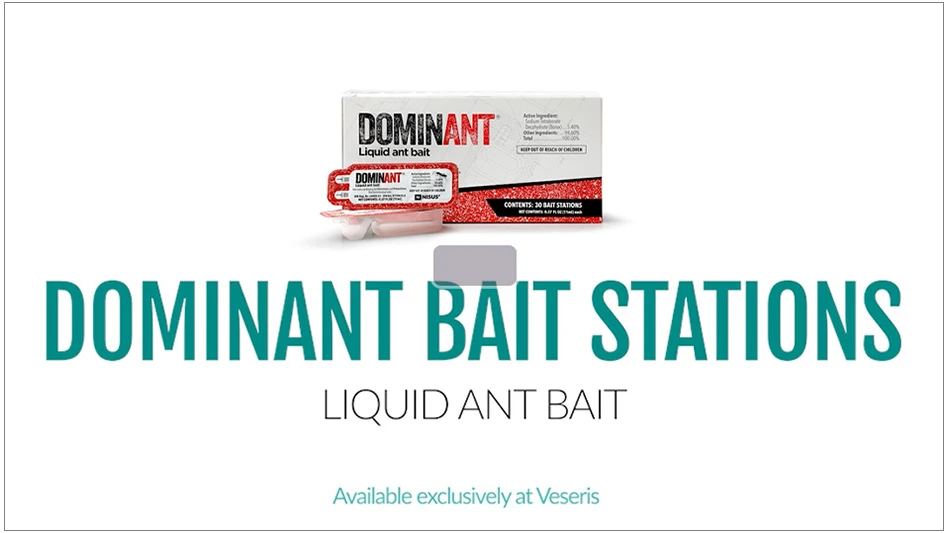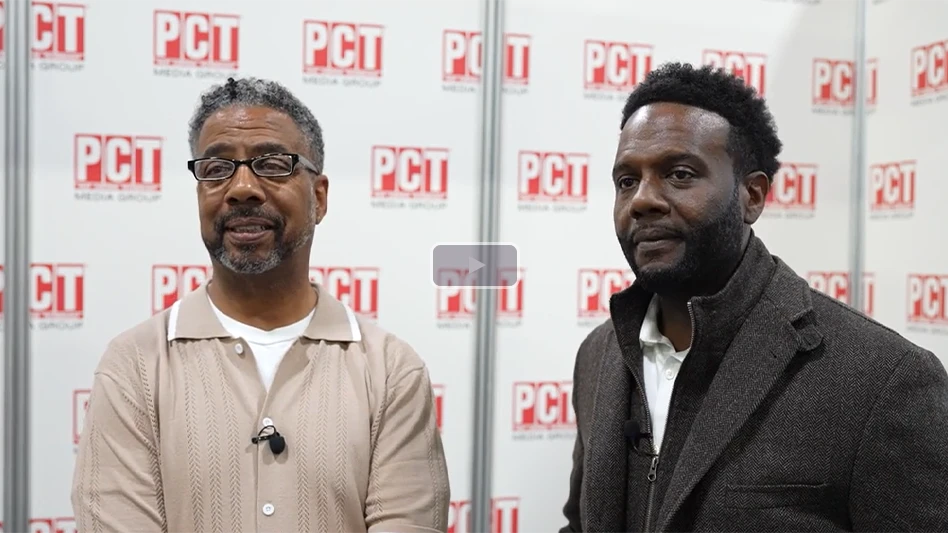The market for residential pest management services is becoming increasingly competitive, with more companies competing with one another for customers. New commercial construction is also down, forcing pest management professionals to work harder to find new business.
Despite these challenges, an opportunity exists for pest control company owners and operators to substantially increase their margins using primarily existing customers, and without having to invest significant capital or stray far from their core competencies. Entering the quality assurance monitoring industry requires a minimal investment in technology that allows pest control companies to expand their offerings and boost revenue.
DEFINING THE OPPORTUNITY. Companies involved in food service and related industries such as packaging, hospitality, labeling, shipping and warehousing are increasingly outsourcing their food safety and quality audits in an effort to reduce costs. Also, recent world events have heightened concerns about tampering and contamination for companies with critical product issues, putting further emphasis on the importance of frequent and unbiased inspections.
These companies — all of which use a pest control program — may look to outside organizations to perform food safety and quality assurance audits aimed at measuring adherence to Good Management Practices (GMP) and/or Hazard Analysis and Critical Control Point (HACCP) systems. Quality assurance inspectors are brought in to survey the plant to meet health and safety standards required by corporate policies and regulatory groups.
Rick Beard, executive vice president of Massey Services, Maitland, Fla., said he has seen an increase in the need for the data that regulatory compliance requires. Instead of diverting quality control and other technical specialists, pest control clients are contracting out the inspection/audit function to other vendors. These clients bear a QA obligation within which pest management is only a fraction of the effort they expend. Their biggest need is "mission-critical information" that enables them to respond to food safety and quality hazards, and to know the level of QA efficiency.
"There are additional layers of regulatory compliance that go along with the risk management needs facing these clients, and it is economical and more reliable for them to have third-party auditors rather than trying to do it themselves," says Rick Beard, executive vice president of Massey Services, Maitland, Fla. "The clients do not contract out all quality assurance audits and food safety monitoring, but by the nature of what they do, they are required to monitor critical issues on a daily, weekly or monthly basis internally. The third-party auditor usually brings more credibility to the reporting function because they are independent of the inspected party."
These sentiments are echoed by Jay Porter, president of Houston, Texas-based Environmental Coalition Inc., which services office and commercial buildings, where food-processing is limited to meals in cafeterias and canteens. Nevertheless the level of vigilance is the same and applies to OSHA compliance, local health, DOT, FQPA, ISO-9000, plus corporate mandated standards enforcement.
"Even though our clientele is mostly office and non-food producing facilities, these clients have obligations related to health and safety," Porter said. "In particular, they will need to comply with OSHA and various state safety regulators who require proof that a building or facility is in compliance with the regulations that govern them, whether they be governmental or imposed by the owner’s corporate policy."
THE PAYOFF. The good news for pest management professionals is that QA professionals charge much higher hourly rates than pest management professionals for their inspections. And it gets better — the inspection process almost duplicates the work you’re already doing while searching for evidence of pest activity, so the additional workload and training required is relatively small. QA inspections require a checklist of safety indicators, such as cleanliness factors and building integrity, that pest management professionals routinely observe and record as part of their inspections.
For pest control technicians to become QA inspectors, there is no license required, and only minimal training is necessary. Boosting the chargeable hourly rate of your employees will therefore instantly increase your margin. Even more importantly, adding QA to your portfolio of offerings gives you another service that you can sell to existing customers, which is considerably more cost-effective than trying to land new customers. Providing a wider range of services differentiates you from the competition, and offers your customers a means of simplifying billing by reducing the number of vendors.
TECHNOLOGY. However, quality assurance inspections require a more comprehensive and detailed reporting process than the paper-based systems still employed by many pest control companies today. Fortunately for pest management professionals, hand-held devices and data collection applications used to store information electronically are relatively inexpensive and easily implemented. Before sending senior technicians into the field, companies can customize these applications on central servers that are then downloaded to hand-held computers for collecting data specific to the industry and type of facility to be inspected.
Moving to electronic information storage for pest management and QA will yield a much higher quality of data too, as sloppy handwriting, incorrect data entry and incomplete forms are avoided. The applications can be set up to use droplists and check boxes for short answers, and requiring all fields to be filled in before finishing the survey assures that all data is accurate and complete. This will increase the efficiency of your entire operation, allowing technicians to conduct more inspections and boost revenue without adding to the non-direct headcount.
The applications are designed so that technicians can master them in a few hours, and the data is automatically submitted to the database when the handheld is connected to the network. You can also create a Web site that gives customers instant and secure access to their reports. These inspection/audit systems would ideally not require any changes to your present computing platform. Moving to electronic information storage also increases the accuracy of your pest control reporting, and gives you a marketing advantage over competitors who continue to rely on inconsistent paper-based reporting.
Rather than continuing to battle with competitors to take away each other’s clients, upgrading your reporting technology today provides an avenue to expand your service offerings and realize higher margins. By including standards-driven inspection-audits as part of your full suite of inspection services, you will further solidify relationships with your existing customers as well as win new business.
The author is a 45-year veteran of the pest control business and is president of Assured Performance Monitoring, a division of Carmina Technologies Inc. He developed PestAssur, a quality assurance, performance monitoring and reporting system. For more information, visit www.carminatech.com or call 705/656-3069.

Explore the November 2003 Issue
Check out more from this issue and find your next story to read.
Latest from Pest Control Technology
- Spider Expertise, Cockroach Species, AI Tools for Disease Transmission Hot Topics at Purdue Conference
- Rose Pest Solution Promotes Kandler to District Manager of Columbus (OH) Service Area
- Webinar: Maximizing Cash Flow — Key Strategies for Business Growth
- WorkWave Announces Wavelytics
- Rising Rat Populations Linked to Warming Temperatures, Urban Growth, Study Finds
- How Might the 2024 Elections Impact PCOs
- Keeping Track of Termite Identification
- Mosquito Joe Earns EPA's PESP Gold Level Designation





